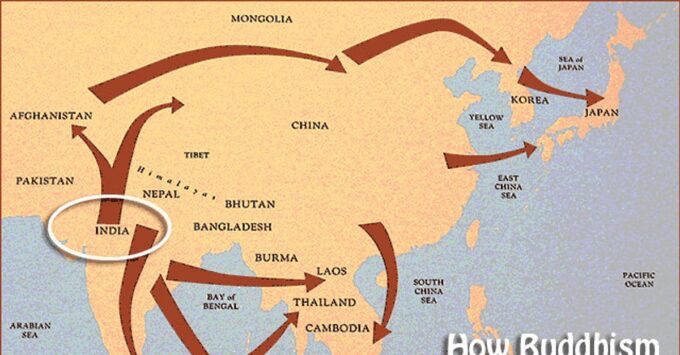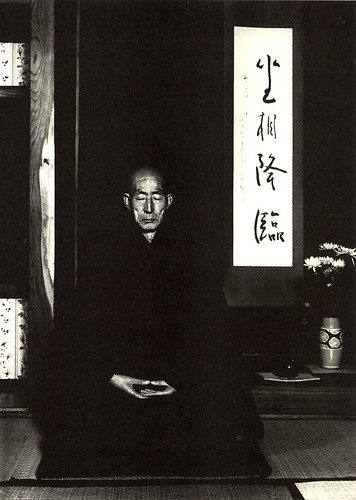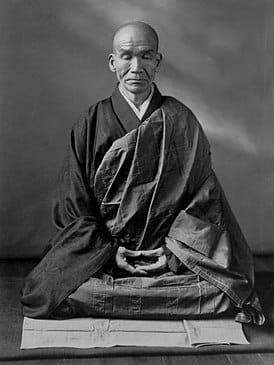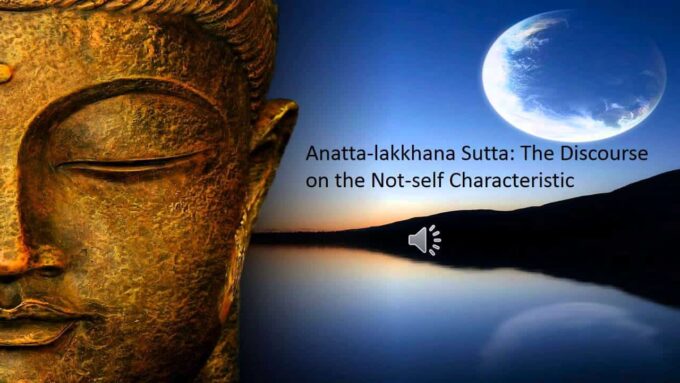Dzogchen is an ancient spiritual teaching developed in Tibet within the Tibetan Buddhist tradition. It does not belong to a school or religious system. Dzogchen is a set of teachings and practices taught within the Nyingma school of Tibetan Buddhism.
The knowledge of Dzogchen goes back to very ancient times, but in our era it was transmitted for the first time by Garab Dorje, a few centuries after Buddha Shakyamuni. Dzogchen has been transmitted without any break in continuity over the centuries, in an uninterrupted lineage from master to disciple down to the present day.
The term Dzogchen is the often used abbreviated form of the Tibetan Dzog-pa Chen-po, which fully translated means “Great Perfection Teachings”. Dzogchen has been defined as the “self-perfected state of the individual” the “state of total completeness” or the “teaching of spontaneous self-perfection”. Dzogchen refers to the ‘condition of primordial potentiality’ of each individual, to the true inherent nature of all beings, their primordial state, which is free from all limitations and conditioning.
According to Dzogchen teachings, the natural condition of all sentient beings – and of all reality – is a pure, undifferentiated and timeless awareness. All form in the world – all that we experience as ‘objective’ reality – is an expression of this awareness, but ultimately this awareness is not affected by these expressions. One symbol often used to describe Dzogchen is a mirror, which reflects an object completely, but is not itself impacted by the object it reflects.
Dzogchen is often referred to as a philosophy of nondualism, because it does not posit subject and object, or emptiness and form, as two distinct – or dual – realities. Dzogchen isn’t a transcendent reality or ideal level of being that can be understood as separate from us and our physical reality, but neither can it be understood as only existing within us.
But Dzogchen is not exactly a philosophy because realizing it is not an intellectual understanding. While some of the teachings do provide mental constructs for attaining a knowledge of Dzogchen, ultimately that knowledge is gained through direct experience. As well, Dzogchen shouldn’t be regarded as a religion, because it doesn’t ask anyone to believe in anything. On the contrary, it suggests that the individual observes him or herself and discover for themselves what their actual condition is.
Because of this, Dzgochen places a strong emphasis on direct transmission from a teacher, in addition to oral and symbolic transmission. Dzogchen meditation practices facilitate a letting go of mental constructs that block our view of Dzogchen.
Some scholars have classified Dzogchen as a ‘direct path’, comparing it to teachings such as Zen, where this expression is often used. In Dzogchen texts, however, the phrases ‘direct path’ and ‘nongradual path’ are never used, because the concept of a ‘direct path’ implies necessarily that there must be, on the one hand, a place from which one departs, and on the other, a place where one arrives. But in Dzogchen there is a single principle of the state of knowledge, and if one possesses this state one discovers that right from the beginning one is already there where one wants to arrive. For this reason, the state is said to be ‘self-perfected’.
Dzogchen practices and meditations reflect this idea that Dzogchen both is and is not a process of discovery or transformation. They revolve around seeing through mental constructs that block the realization of this natural condition and then attempting to stabilize this ‘View’. Ultimately, there is no differentiation between realizing Dzogchen in meditation and in daily life.
Rigpa is a central concept in Dzogchen. Rigpa is the “reflexively self-aware primordial wisdom,” which is self-reflexively aware of itself as unbounded wholeness. There are three aspects of rigpa:
– The essential nature of rigpa: primal purity. Rigpa is primordially without stains, both being self-void and other-void;
– The influencing nature of rigpa: the manner in which rigpa influences others. Rigpa is responsiveness (compassion). It responds effortlessly and spontaneously to others with compassion;
– The functional nature of rigpa: rigpa effortlessly and spontaneously establishes “appearances”.
In Dzogchen teachings, the individual is regarded as functioning at three interdependent levels, of body, voice or energy, and mind. To deal with these problems of body, voice, and mind, the Dzogchen teachings present practices that work with each of these levels of the individual, practices that can be integrated with the individual’s daily life and which can thus change the whole life experience from one of tension and confusion to one of wisdom and true freedom.
The symbol for Dzogchen is the Tibetan A, surrounded by a circle of rainbow light. The A represents Dzogchen as emptiness, or undifferentiated awareness, while the rainbow light represents it as form or all worldly representations of this natural state.
Dzogchen is often compared to Chinese Ch’an Buddhism and has even been called “Tibetan Zen”. A typical Dzogchen anecdote that does sound uncannily similar to many of the teaching stories known from Zen will illustrate the point.
One day a visitor came to see the well known Dzogchen master Yundon Dorje Bal (1284-1365). The visitor asked:
“You Dzogchen practitioners, you are always doing meditation, right?”
Yundon Dorje Bal answered “What am I supposed to be meditating upon?”
“Ah”, the visitor then said, “then you practitioners of Dzogchen do not meditate?”
This time the master’s reply was “When am I ever distracted?”
Photo credit: Vinograd19




